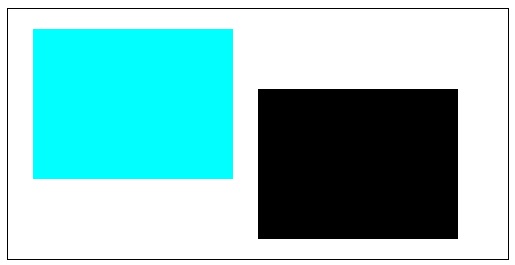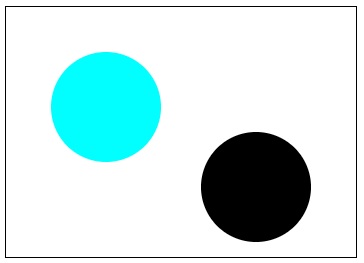
- HTML Canvas - Home
- HTML Canvas - Introduction
- Environmental Setup
- HTML Canvas - First Application
- HTML Canvas - Drawing 2D Shapes
- HTML Canvas - Path Elements
- 2D Shapes Using Path Elements
- HTML Canvas - Colors
- HTML Canvas - Adding Styles
- HTML Canvas - Adding Text
- HTML Canvas - Adding Images
- HTML Canvas - Canvas Clock
- HTML Canvas - Transformations
- Composting and Clipping
- HTML Canvas - Basic Animations
- Advanced Animations
- HTML Canvas API Functions
- HTML Canvas - Element
- HTML Canvas - Rectangles
- HTML Canvas - Lines
- HTML Canvas - Paths
- HTML Canvas - Text
- HTML Canvas - Colors and Styles
- HTML Canvas - Images
- HTML Canvas - Shadows and Transformations
- HTML Canvas Useful Resources
- HTML Canvas - Quick Guide
- HTML Canvas - Useful Resources
- HTML Canvas - Discussion
HTML Canvas - restore() Method
The HTML Canvas restore() method is used to restore the saved canvas state from the state stack only if there is a saved state available, otherwise this method does not do anything.
Syntax
Following is the syntax of HTML Canvas restore() method −
CanvasRenderingContext2D.restore();
Parameters
This method does not have any parameters as it just returns the previous canvas state if available.
Return value
This method returns a saved canvas state when called by the context object.
Example
The following example restores a saved rectangle onto the Canvas element using the HTML Canvas restore() method.
<!DOCTYPE html>
<html lang="en">
<head>
<title>Reference API</title>
<style>
body {
margin: 10px;
padding: 10px;
}
</style>
</head>
<body>
<canvas id="canvas" width="500" height="250" style="border: 1px solid black;"></canvas>
<script>
var canvas = document.getElementById('canvas');
var context = canvas.getContext('2d');
context.save();
context.fillStyle = 'cyan';
context.fillRect(25, 20, 200, 150);
context.restore();
context.fillRect(250, 80, 200, 150);
</script>
</body>
</html>
Output
The output returned by the following code on the webpage as −

Example
The following example restores a circle which is saved in the stack using the method restore().
<!DOCTYPE html>
<html lang="en">
<head>
<title>Reference API</title>
<style>
body {
margin: 10px;
padding: 10px;
}
</style>
</head>
<body>
<canvas id="canvas" width="350" height="250" style="border: 1px solid black;"></canvas>
<script>
var canvas = document.getElementById('canvas');
var context = canvas.getContext('2d');
context.beginPath();
context.save();
context.fillStyle = 'cyan';
context.arc(100, 100, 55, 0, 2 * Math.PI);
context.fill();
context.closePath();
context.beginPath();
context.restore();
context.arc(250, 180, 55, 0, 2 * Math.PI);
context.fill();
context.closePath();
</script>
</body>
</html>
Output
The output returned by the following code on the webpage as −

html_canvas_shadows_and_transformations.htm
Advertisements